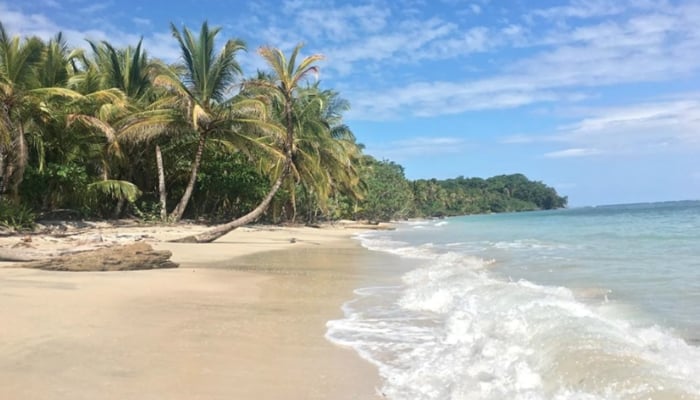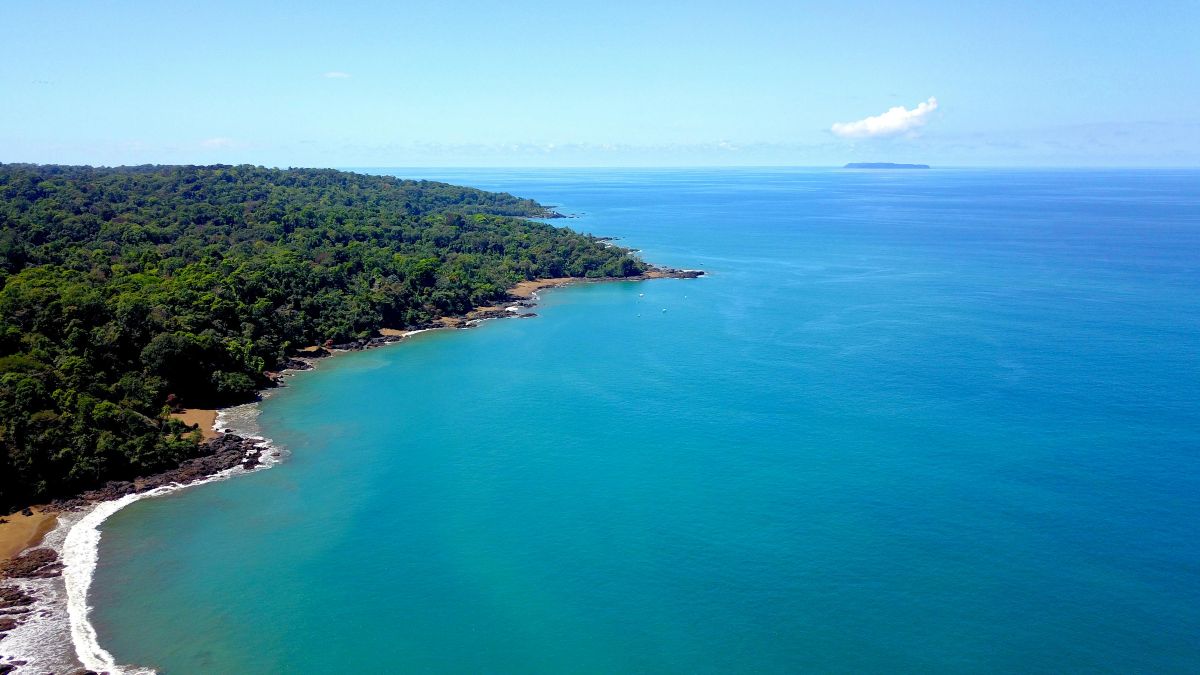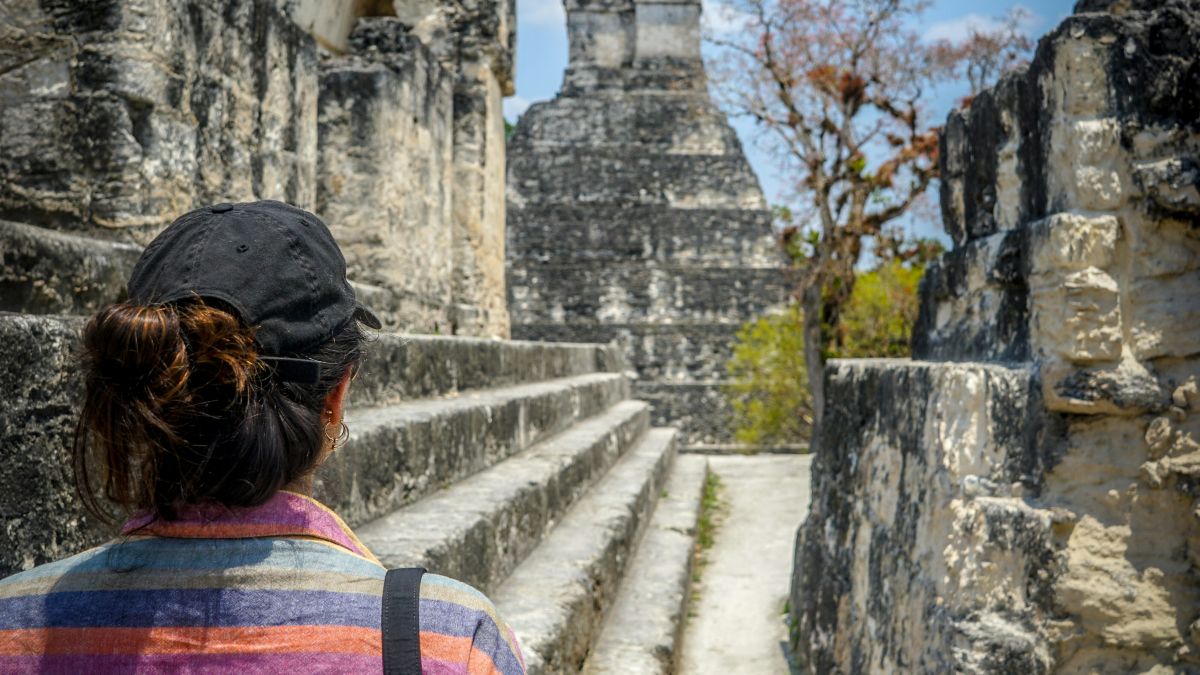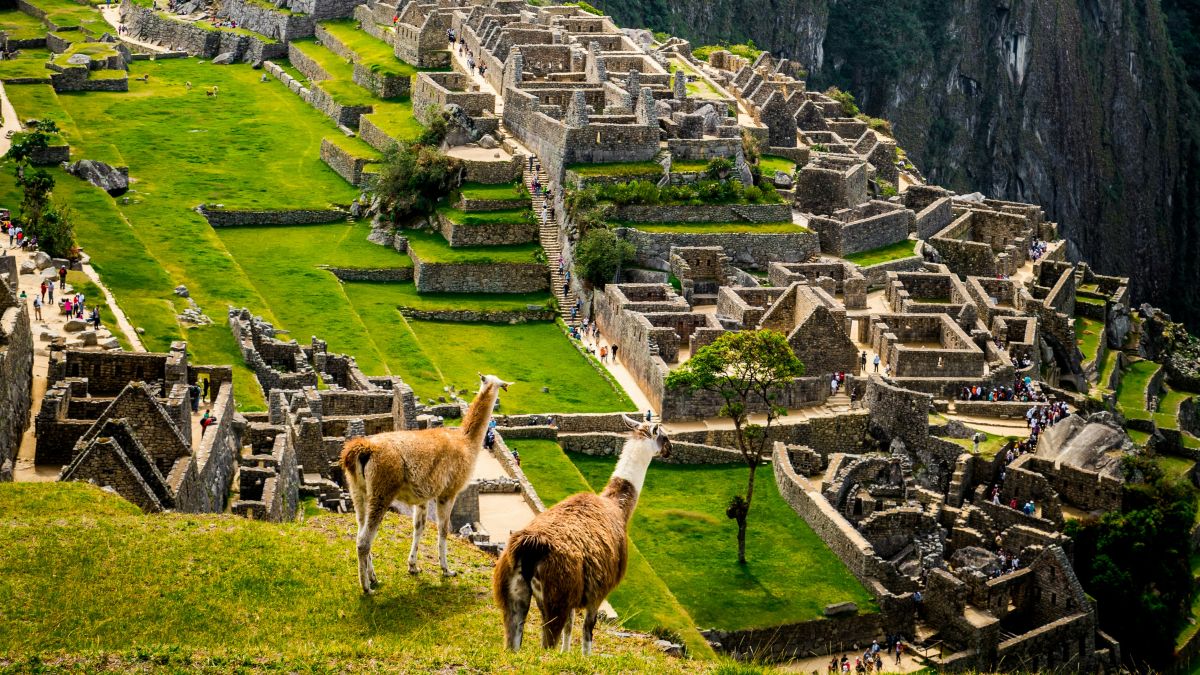It’s all subjective, but if you’re looking for the best beaches in Costa Rica, why not ask someone who lives in Costa Rica? Here, longtime expat Alan Prendergast, originally from Ireland, names his three favorite beaches with a couple more honorable mentions.
I’ve lived in Costa Rica for many years and aside from a period in Tamarindo, I’ve been in San Jose the whole time.
But like anyone, I love the beach for a getaway. My time in Tamarindo taught me I don’t want to live on the beach. To be honest, the heat turns me off. But for a weekend or a vacation, a Costa Rican beach is perfect.
View this post on InstagramThe perfect beach day at Playa Conchal, Guanacaste. Video by @gamboa.kathia #crvrocks
Costa Rica has hundreds of beaches to choose from, on both the Pacific and Caribbean sides of the country. It’s tough to come up with a “Top Three”. At a pinch though, these would be my three best beaches in Costa Rica:
Puerto Viejo/Cahuita
These two beach towns lie on the rugged, beautiful Caribbean coast of Costa Rica.
Coming from San Jose, the route here takes you through the Braulio Carillo National Park – one of the wettest places on Earth. You’ll more than likely encounter some showers along the way.
The scenery is breathtaking as you travel through the unspoiled rainforest and pass banana and pineapple plantations.
Cahuita is the smaller of the two towns and also the first stop. Off the beaten path, Cahuita has yet to see the mass development common on the Pacific side of Costa Rica.
For nightlife, there’s not a lot to do but you’ll find a few bars to enjoy some cold ones. For me, Cahuita is a great place to relax and get away from things.
Cahuita has two beaches, Playa Negra on the north side of town, and the Cahuita National Park in the center. Playa Negra has black sand and is more windswept. Cahuita National Park offers clean white sand. It’s the only national park in the country you can enter for free.
View this post on InstagramThe #VisitCahuita #PicOfTheDay is by @tessaheijbroek!! Love it. ??❤
Puerto Viejo is a 25-30 minute drive south of Cahuita. Buses leave every hour from the small terminal and cost about a dollar.
In my years here I haven’t seen a huge amount of changes to the town. Sure, you’ll find more hotels and restaurants, but Puerto Viejo’s vibe remains intact. Prices are still reasonable but they are more in line with what you’d expect from a tourist town.
Puerto Viejo is a surf town and people come here for the surf, and the famous “Salsa Brava” break.
Be warned, this is a fierce wave that breaks onto a coral reef and helmets and booties are the name of the game here. This is not a wave for beginners or the faint-hearted.
Puerto Viejo offers much more, nightlife-wise, and several good bars on the beach offer great local seafood.
Accommodation tends to be on the lower end of the scale with only a few higher-end hotels available. For me though, that’s not what the Caribbean experience should be about.
The Osa Peninsula
They say the Osa Peninsula is home to about five percent of the planet’s total diversity. Who am I to disagree? It’s also home to some of the best beaches in Costa Rica, where tapirs and jaguars leave their footprints in the sand.
This little thumb of land sits in the far south of Costa Rica, near the border with Panama.
My first trip to the Osa Peninsula was to Casa Corcovado, whose claim to fame is its private entrance into the Corcovado National Park. On a 170-acre former cacao plantation, this is a largely self-sufficient lodge.
It’s been a while since I visited but at the time Casa Corcovado had no TV, no Wi-Fi, and no phone signal. In an already isolated part of the world, they isolated you from the world. That’s something I loved, but not everyone will.
Good food at Casa Corcovado, but nothing exceptional, and I found the portions small. I enjoyed my experience here, but I wouldn’t be in a rush to go back. You would want to be comfortable with your roommate, as any bathroom noises were, um, audible to anyone in the room.
View this post on Instagram
My other trip was to the more upscale Aguila de Osa, in Drake Bay, at the mouth of a small river on a bluff overlooking the Pacific.
The food here was exceptional and served at a large table with your fellow guests. The idea is for everyone to interact and share their stories about their adventures during the day.
Aguila de Osa includes tours as part of their packages. This means that as part of your stay you get to explore Corcovado National Park and/or head out to the offshore Caño Island for snorkeling, diving, and whale watching.
The hotel offers free access to their kayaks; a great way to spend a morning. Aguila de Osa is also within walking distance of the little town of Drake Bay and a small beach. The accommodations are way better than Casa Corcovado.
There are other places to stay for those who don’t have $400-500 a night to spend, but not too many. Camping is another option to consider.
The main barrier to visiting this wondrous place is the journey. It takes about seven hours to drive from San Jose. The best way is to take a short internal flight, but the drawback there is the luggage requirements.
Samara/Carrillo
Of the three places I’m talking about here, Samara is the most “authentically Tico”.
Samara is on the Nicoya Peninsula, a few hours south of the resorts of Papagayo and Tamarindo. The best way to Samara from San Jose is to cross the Friendship Bridge over the Tempisque River. San Jose to Samara is one of the shorter trips, about three hours, and the road is good.
The beach is a long stretch of beautiful, fine, golden sand almost a mile long, suitable for surfing beginners and swimmers. Surf lessons are easy to pick up here.
On my most recent visit, Samara still had no large-scale developments and everything was within walking distance. Food and alcohol prices were still reasonable. Because of the length of the beach, you can find a place all to yourself for some privacy.
View this post on Instagram
Honorable mentions
Montezuma: This sleepy little town is at the southern tip of the Nicoya Peninsula on the Pacific coast. While not easy to get to, Montezuma is worth the journey.
The quickest way from San Jose is to take the Puntarenas ferry across the Nicoya Peninsula to Paquera. From Paquera, you take the long, well-worn, pothole-riddled road to the town. Or you can fly into Tambor instead and still take the long, well-worn, potholed-riddled road to Montezuma.
Montezuma offers plenty of accommodations, bars, and restaurants to choose from. Many offer stunning ocean views.
Playa Naranja: You take another ferry from Puntarenas to get here. Avoid the Paquera ferry that you’d take to Montezuma and take the Naranja one instead.
Not much of a town to speak of and no nightlife, Naranja is a place to get away from everything and kick back on a deserted beach with a cooler of beers.
There are more homes for rent here, as opposed to many hotels, hostels, etc.
Pavones: South of the Osa Peninsula, further towards Panama, is the legendary surf town of Pavones. There’s not much here apart from the surf, but what surf! On its day, Pavones offers one of the longest lefts in the world.
This place offers as much of an “end-of-the-road” as anywhere else.
View this post on InstagramBeachside living in Montezuma, Costa Rica. Video by @ileanamartinezalvarado #centralamericaliving
Still to see
There is still one place left on my Costa Rica beaches bucket list. Tortuguero is on the far northern coast of the Caribbean side and is not accessible by car. The best way in is by air, but it’s also possible to go overland and complete the final leg of the trip by boat.
Because of this limited accessibility, Tortuguero is not very developed. In that regard, it’s like the Osa Peninsula. Here though, there are more budget accommodations. If you’re looking for something more luxurious, though, Tortuguero offers some great upscale eco-lodges.
What are your best beaches in Costa Rica? Where haven’t you been that you’d like to check out? Let us know and I’ll tell you if I’ve been myself.
Irishman Alan Prendergast arrived in Costa Rica in 2005. He is a jack of all trades and has worked in logistics, tourism, biomedicine, electronics, and construction. Nowadays he writes when taking a break from running a small bakery/catering service in San Jose.




